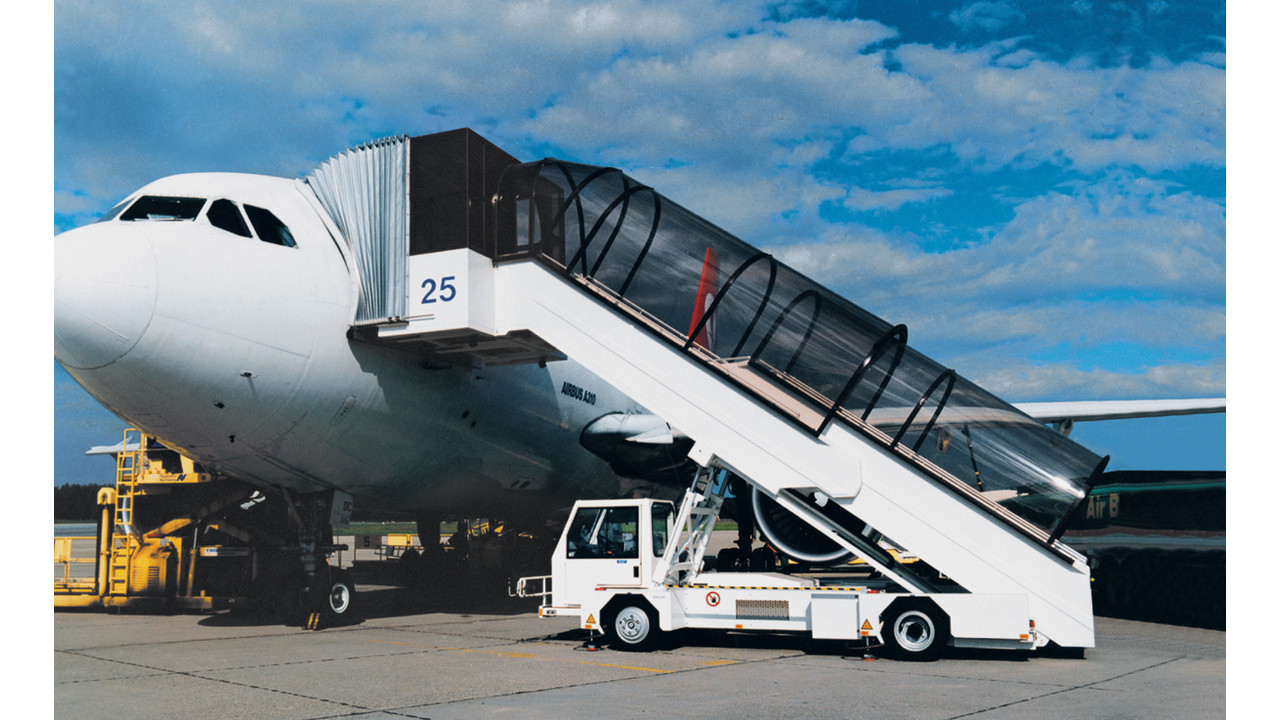F-Line to Dudley
Senior Member
- Joined
- Nov 2, 2010
- Messages
- 9,553
- Reaction score
- 10,430
Whats going to become of the old acela trainsets? Sold? Used on a different route? Turned into an artificial reef on the atlantic continental shelf? I hope they stay in service somewhere... maybe on the “higher speed” hopefully 110mph-ish chicago lines?
Not going to happen. Bombardier has a torturously convoluted lease agreement on them tied to their also-convoluted Service & Support package with Amtrak. In short, ownership reverts back to the manufacturer as soon as the trainsets are not used for their intended purpose covered in the S&S package. They're Bombardier's hunks of scrap metal to dispose of. To repurpose requires renegotiating the whole works, and there was enough contractual bloodshed over the years between AMTK and BBD that neither party is willing to do that. It's the unicornest-of-unicorns, the literal most expensive passenger train in the world to operate. One set will get set aside for a museum, but that hot mess of a design is so obsolete in the world today that repurposing isn't practical for any RR nor for Bombardier who doesn't have the parts supply chain to keep such kooky beasts going any longer than absolutely necessary.
The operating problems are all hidden from the passengers so there's natural first-instinct to think of force-fit options for them (hellloooo mass graves of banned RR.net users who tried to stan for sending them to another life on the Keystone Line!). That's not the reality. This is a mercy killing in any sane cost/benefit world because of how much a searing pain in the ass they are to run and maintain for daily service, and how much the Amtrak-Bombardier marriage on these things has ground both partners to a nub.


